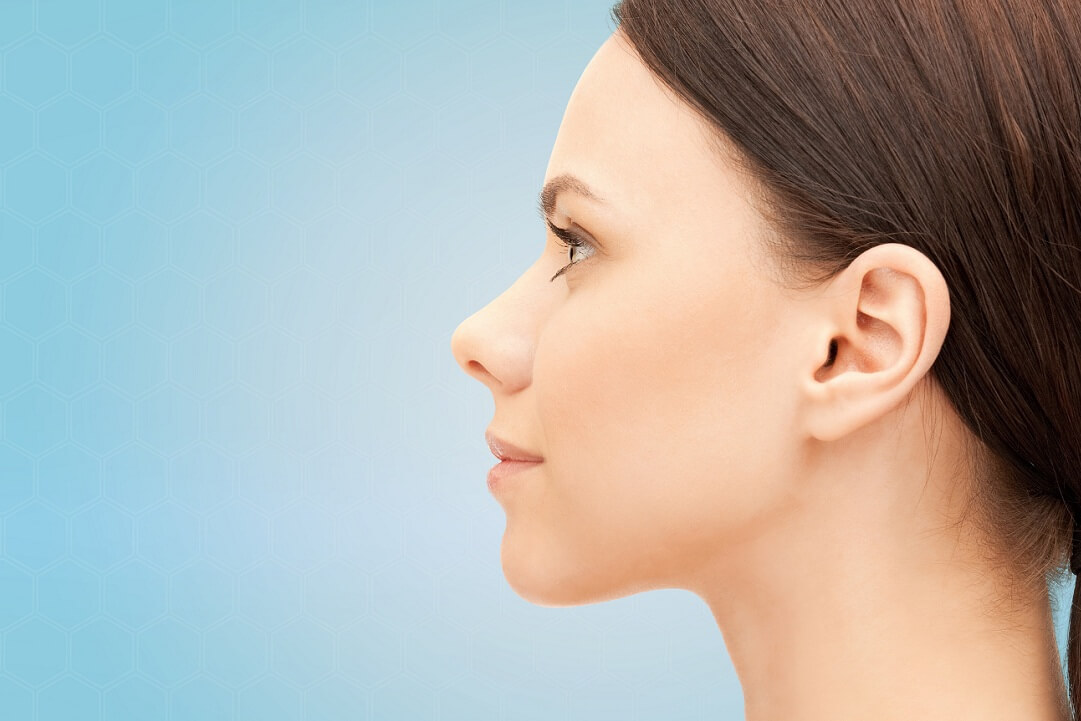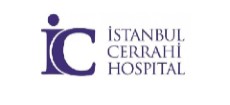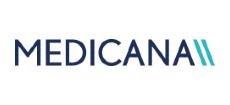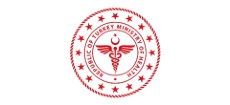RHINOPLASTY-TIP
Rhinoplasty nose surgery can correct physiological complications that impair the ability to breathe properly.
TIP RHINOPLASTY
The nose, which is located in the middle of the face, is vital with its breathing and smelling functions. Physical and aesthetic deformations that may occur when considered together with the location on the face, individuals may be at great risk to health.
Rhinoplasty nose surgery can correct physiological complications that impair the ability to breathe properly. In addition, it can give shape with developed plastic methods. There are various types of rhinoplasty designed to meet various needs.
FUNCTIONAL RINOPLASTY OPERATIONS
Functional rhinoplasty improves the effects of physical traumas such as congenital defects, breathing-disrupting physical abnormalities, beatings, accidents, injuries. By re-shaping the nasal cartilages and bones, it helps to improve proper breathing and self-confidence about appearance.
Rhinoplasty is performed as “open” or “closed”. Open rhinoplasty is an incision made outside the nose and closed rhinoplasty is made only in the nose. When possible, surgeons prefer to use a closed rhinoplasty technique to prevent visible scarring. However, open rhinoplasty is performed in cases of severe damage or an intervention in nasal cavity is needed.
Correction of Deviated Septum
Septum divides the nasal cavity into two nasal passages, from where it is attached to the skull of the upper part of the nose, to the nostrils. It consists of more than one cartilage and bone. The lower part is based on the anterior nasal backbone, which is a supporting bone at the point where the nose and the area above the upper lip meet.
One side of the nasal cavity develops or slides when compared to the other, leading to a septum deviation. When the septum is bent to one side, it forms the S shape or is strung to a C shape. Both deviations in the septum type prevent air flow and eventually damage the soft tissues inside the nose.
Depending on the location of the deviation, the septum correction is the reshaping of the bony upper or the cartilaginous lower part near the nose. In some cases, the septum can move from the anterior nasal vertebrae to a caudal septal deviation. In this case, it may be necessary to correct the change in the septum and realign the base on the anterior nasal backbone.
Enlarged Turbines
Another process of rhinoplasty is to correct enlarged turbines. Long, thin bones called turbines extends outward from both sides of the septum in the nasal cavity and ends in a small, curled, knob-like shape.
There are three sets of turbines: upper turbines that are high in the nose between the eyes, middle turbines placed in the middle of the nose, and lower turbines that end just above the nostril line.
Turbine rhinoplasty relieves turbines that are swollen due to allergies or other irritants. In some cases, a turbine is squeezed because it is pushed by a deflected septum to one side. The turbine in the opposite nose crossing in this case becomes larger to stabilize the collapsed turbine, which prevents breathing.
Some of the turbines are re-placed by creating larger passageways away from the septum, improving breathing and maintaining functional benefits.
Nasal Polyps
Nasal Polyps are non-malignant forms originating from the mucosa, which can fill all nasal and sinus cavities. It is usually caused by allergic disorders and irritation. These benign formations develop in pale pink, soft, jelly-like form, in the form of tear droplets in the nasal passages. To remove it, it is carefully cut through the nostrils using the nose tool. But it is a recurrent disorder. Therefore, people are advised to use allergy medications.
Nasal Fractures
The nose is composed of a combination of different bones and cartilages. In plastic nose operations, osteotomy (bone cutting) and correction of bone skeleton are often needed to correct nasal fractures. There are many fracture types. Failure to get treatment causes obstruction of the respiratory tract and the formation of a distorted or amorphous nose.
* fracture of the sides of nose bones; is more common in children. It is a missing bone rather than a broken bone.
* Fracture of the nasal bridge and septum; causes the face to be flattened In these cases, the surgeon will use the donor rib bone or cartilage to reconstruct the bridge and septum.
* Multiple fracture in the bone; this type of fracture is most common in elderly patients with severe physical trauma and with fragile bones.
* Le Fort Fracture; severe trauma, damage to the bones of the back of the nose. Permanent damage to the brain and palate may occur
There are 3 types of Le Fort Fractures:
1- Fractures occur horizontally, damaging the jaw on the top of the teeth and along the nostril line.
2- A pyramid-shaped fracture on bones extending from the nasal bridge to the mouth corners.
3- It is the type of fracture that extends through the orbital sockets from the bones surrounding the eyes.
COSMETIC RINOPLASTY OPERATIONS
Purpose of cosmetic rhinoplasty; To improve the appearance of the nose aesthetically, to make the nose design to complement the facial structure.
Three different applications are made by combining different techniques. Even if there is a defect only in one area, to provide appropriate rates, the nose is operated as a whole.
Correcting Radix
Radix is the bone above the nose. If the cartilage is large and Radix is narrow, it may cause friction inside. The operation is to either carefully shave the cartilage with small movements or to add a portion of the cartilage collected from another part of the nose to the volume in the collapsed region. The area just above the bone base is widened to create a steeper slope.
Curved Nose Correction
If the nose is slightly skewed or slipped to one side, it is corrected by reducing some bone or cartilage or by physically shifting the tissues.
Rotation of the Nose
The tip of the nose turns up or down. The cartilage of the nose tip is reshaped. Since it is affected during the operation, close attention is also paid to the nose base
Nasolabial Angle Adjustment
The nasolabial angle consists of two lines; The line with the tip of the nose in the area above the upper lip and the line from the top of the nose to the tip and nostrils. The rotation of the nose and the tip of the nose affects the degree of this angle. In most cases, 90 to 95 degrees in men and 100 to 105 degrees in women in nasolabial angles are aimed.
Width Reduction
When viewed from under the nose, the nostrils and the tip of the nose form a triangle called piriform aperture. By making the angle where the nostril holes meet the face straighter, the nose width is reduced.
Ethnic Rhinoplasty
Due to its ethnic characteristics, it is a popular treatment method for people with a wide nose. Many people of African and Asian descent consider cosmetic rhinoplasty to reduce the width of the nostrils from one edge to another. To pay attention to the individual anatomical features of the nose when performing nose surgery is necessary.
If you have any questions about Nose Aesthetics, please feel free to contact us.
CONTACT US





























